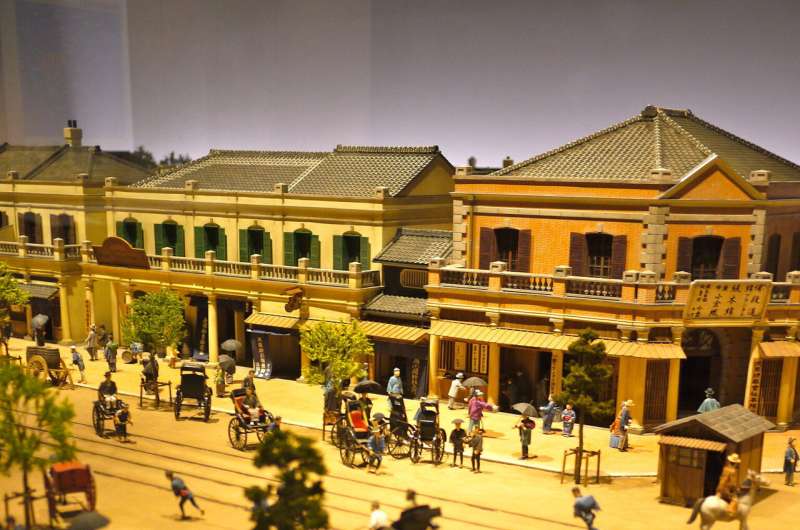This article has been reviewed according to Science X's editorial process and policies. Editors have highlighted the following attributes while ensuring the content's credibility:
fact-checked
trusted source
proofread
Out with the old, in with the new? Exploring differences in elite mobility during the Meiji Restoration

Social mobility refers to the movement of individuals from one socio-economic strata to another, followed by a change in their social status. In today's world, social mobility is largely driven by personal motivation, education, skills and migration. But an analysis of historical data tells us that social mobility is primarily caused by changes in political rule. Political upheavals that caused the downfall of established regimes were followed by massive changes in the composition of elite mobility.
A new study by Junior Associate Professor Tomoko Matsumoto of the Tokyo University of Science and Professor Tetsuji Okazaki from the University of Tokyo provides new evidence on the correlation between elite mobility at various stages of the Meiji Restoration. The results of their study were published in the British Journal of Sociology.
Under the Tokugawa regime, Japan had a rigid class structure. The Shogun, Daimyos (feudal lords), and Samurai (noble class) constituted the upper class that ruled Japan. They possessed political privileges and were prohibited from interacting with the commoners (peasants, craftspeople, merchants).
This restricted their social mobility as they were not allowed to change occupations, travel, or marry into a different class. In 1868, the Tokugawa Shogunate was defeated in a civil war and a new political regime came to power. This event marks the Meiji Restoration, that culminated in the formation of the 'Imperial Diet', which later became the highest framework of state power in Japan, called the National Diet.
"If we look back in history, we find that the Meiji Restoration was the first time that people were able to choose their future regardless of the environment in which they were born. During this historical period of transition, when equality of all natives and freedom of choice of occupation were recognized, how much social mobility actually occurred? This study was initiated in the hope of adding new insights during this period of transition," say the researchers, explaining the rationale behind their study.
The study used statistical tools like hypothesis testing and data sampling to test the Meiji Restoration. "The Meiji Restoration has three advantageous aspects for our study besides data availability. Firstly, before the regime change, social mobility was extremely low. Secondly, the Meiji Restoration reformed the educational system drastically, and lastly, the regime change produced a new system of elite hierarchy," explain the researchers about why they chose to focus on this period in history.
The researchers divided the collected data into two cohorts to analyze the pre and post stages in regime change, and their varying effects on social mobility.
Regime changes lay the groundwork for non-elites to elevate themselves to the elite class, regardless of their social origin. During the various stages of a successful regime change, the new elites are not necessarily opposed to the old elites. The change is a gradual process which starts with a hostile relationship between the old and incumbent elites, but slowly evolves into a compromising one, after the political transfer of power is done.
The researchers found that with the initial overthrowing of the old regime, the commoners had the biggest opportunity to join the elite classes. Meritocracy played a huge role at this stage. However, after the consolidation of the new regime, the opportunities for elite mobility gradually declined, as a stable structure, based on elite compromise, was created.
The results supported the hypotheses that social mobility usually occurred before the consolidation of a new political power. At that time, the commoners had the greatest chance to join the elite group and attain a high rank within the group. Meritocracy, based on education, also plays a vital role. After the new regime fortifies its position, the chances for merit-based elite mobility diminishes. This stage also signaled a decline in educational meritocracy.
"How can we realize a society where people can have the future they want if they make an effort, regardless of the environment in which they are born?" ponders Dr. Matsumoto. She hopes that with the findings of their study, this issue will be discussed objectively, looking back on short-term as well as long-term historical data.
More information: Tomoko Matsumoto et al, Elite mobility and continuity during a regime change, The British Journal of Sociology (2023). DOI: 10.1111/1468-4446.13000
Provided by Tokyo University of Science




















